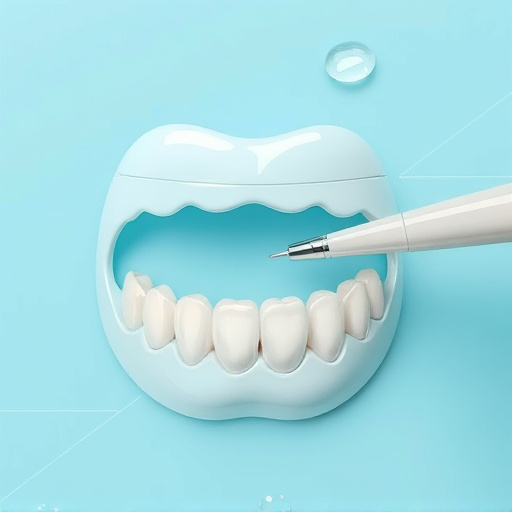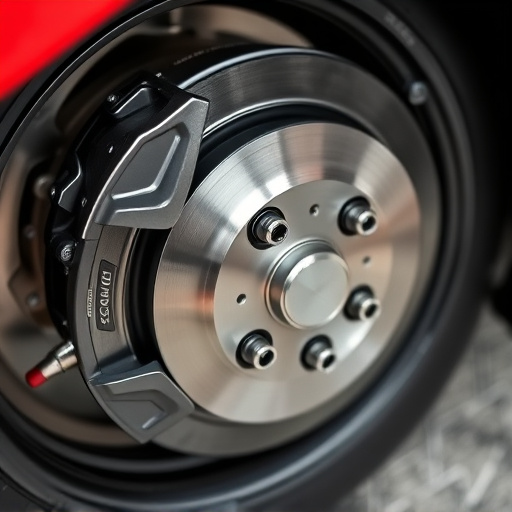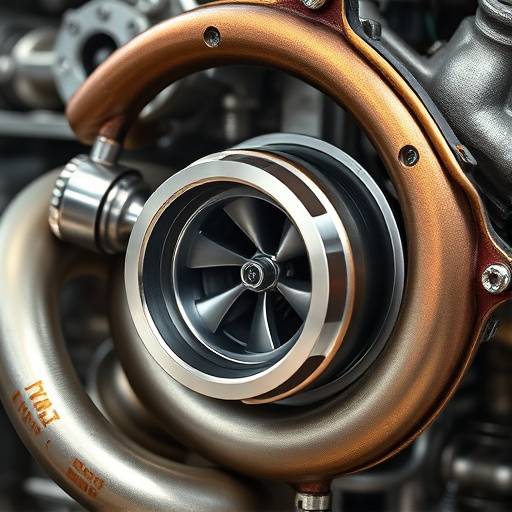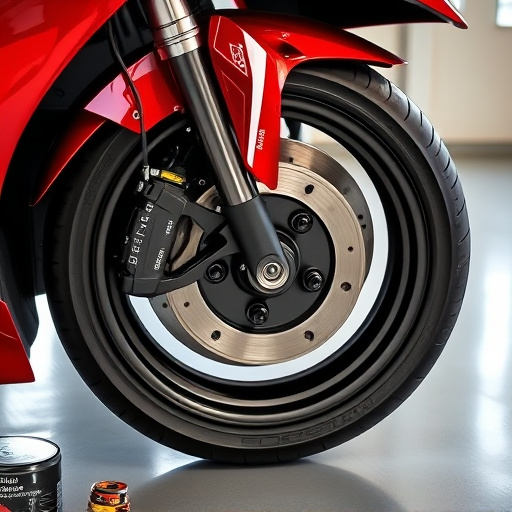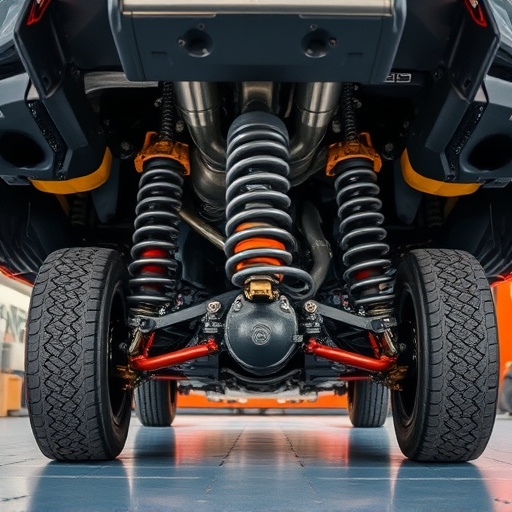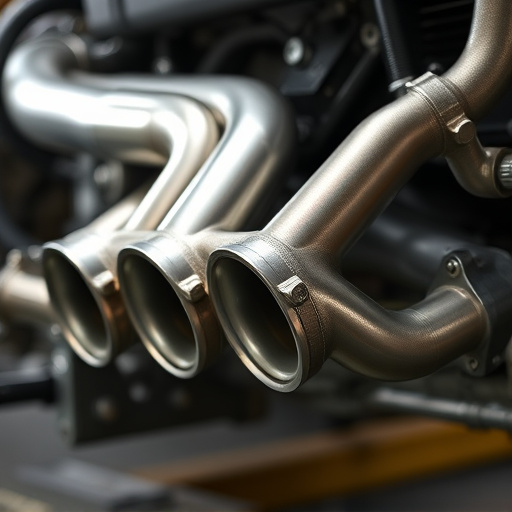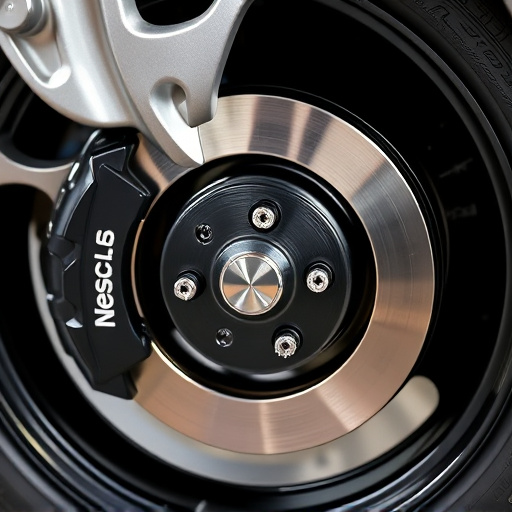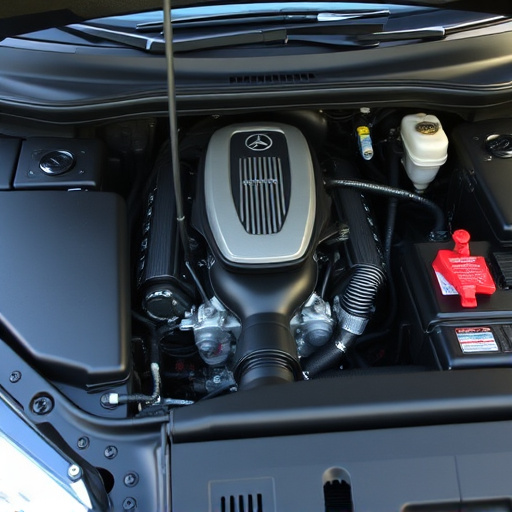A turbo heat shield, made of high-temp materials, protects engines from heat and enhances performance by improving airflow and cooling. Preparation involves precise measurement and shaping for a custom fit. Installation requires careful alignment with vehicle components and considerations for modifications. Customization ensures optimal clearance and airflow around exhaust systems, aiming for seamless integration with power upgrades.
Customize your turbo heat shield for optimal performance and style. This guide breaks down the process, from understanding the fundamentals of turbo heat shields to installation techniques that ensure a perfect fit. We’ll walk you through measuring and preparing your engine bay, selecting the right materials, and achieving a customized look that enhances both function and aesthetics. Learn how to shape a turbo heat shield like a pro.
- Understanding Turbo Heat Shield Basics
- Measuring and Preparing Your Engine Bay
- Installation and Customization Techniques
Understanding Turbo Heat Shield Basics
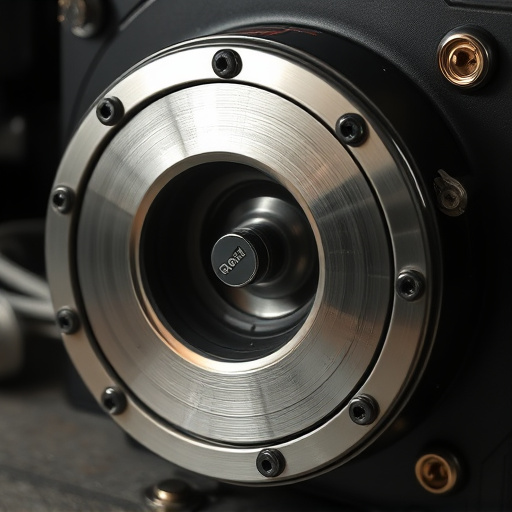
A turbo heat shield, an integral component of turbocharged engines, serves as a protective barrier between the turbine and the surrounding components, deflecting radiant heat away from vulnerable parts. Understanding its basic structure and function is crucial before attempting customization or shaping. These shields are typically constructed from high-temperature resistant materials like steel or aluminum, designed to withstand extreme conditions within the engine bay.
They play a vital role in maintaining optimal performance by ensuring the turbine remains cool enough to prevent damage. Customization often involves modifying the shield’s shape or adding features to accommodate specific needs, such as integrating with cold air intakes or accommodating unique engine layouts. Shaping can enhance airflow, allowing for more efficient cooling and potentially improving overall engine performance, especially when paired with high-performance parts like advanced air filter kits.
Measuring and Preparing Your Engine Bay
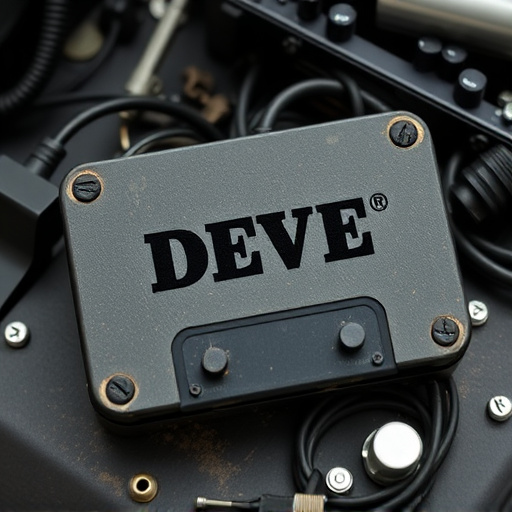
Before you begin customizing and shaping your turbo heat shield, it’s crucial to measure and prepare your engine bay accurately. This step is paramount as it ensures your turbo heat shield fits seamlessly and effectively. Start by assessing the existing space, taking note of any obstructions like exhaust mufflers or performance exhaust components, and air intake systems. These elements can significantly impact where and how you position your heat shield.
Use precise measuring tools to capture dimensions, angles, and clearances. This data will guide your cutting, shaping, and mounting process. Prepare the engine bay by ensuring all necessary hardware is secure, and any loose components are addressed. Cleanliness is also key; a tidy engine bay makes for easier installation and a more professional finish when you’re done customizing your turbo heat shield.
Installation and Customization Techniques
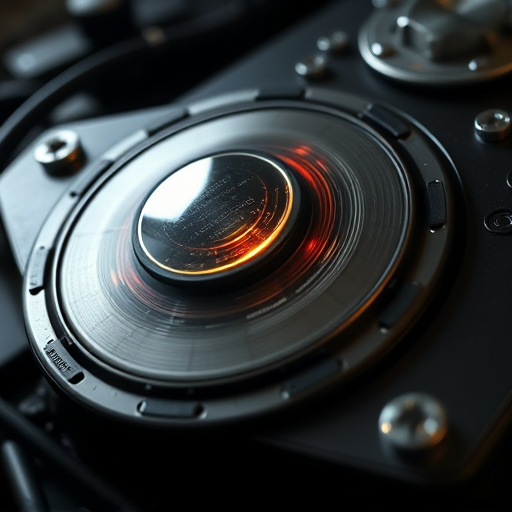
The installation and customization of a turbo heat shield is an intricate process that requires precision and attention to detail. When installing a heat shield, it’s crucial to align it correctly with your vehicle’s suspension components to ensure optimal performance. This involves carefully positioning the shield, considering factors like clearance for movement and compatibility with other modifications like cold air intakes or exhaust systems. A precise fit is key to maximizing the turbo’s efficiency.
Customizing a heat shield allows you to tailor it to your specific needs. You can cut and shape the shield to accommodate various components while ensuring proper airflow. For instance, modifying the heat shield around the exhaust system can help reduce backpressure and improve overall engine performance. Remember, the goal is to create a seamless integration that supports your vehicle’s power upgrades, be it through enhanced suspension components or efficient intake and exhaust systems.
Customizing your turbo heat shield is a key step in enhancing both the performance and aesthetic appeal of your turbocharged engine. By carefully measuring and preparing your engine bay, you can ensure a precise fit that not only reduces heat transfer but also adds a unique visual element to your vehicle. The installation techniques discussed provide versatile solutions for various vehicle types, allowing you to achieve a professional, tailored look. Incorporating these steps into your project will result in a sleek, efficient turbo heat shield that complements your high-performance engine.






